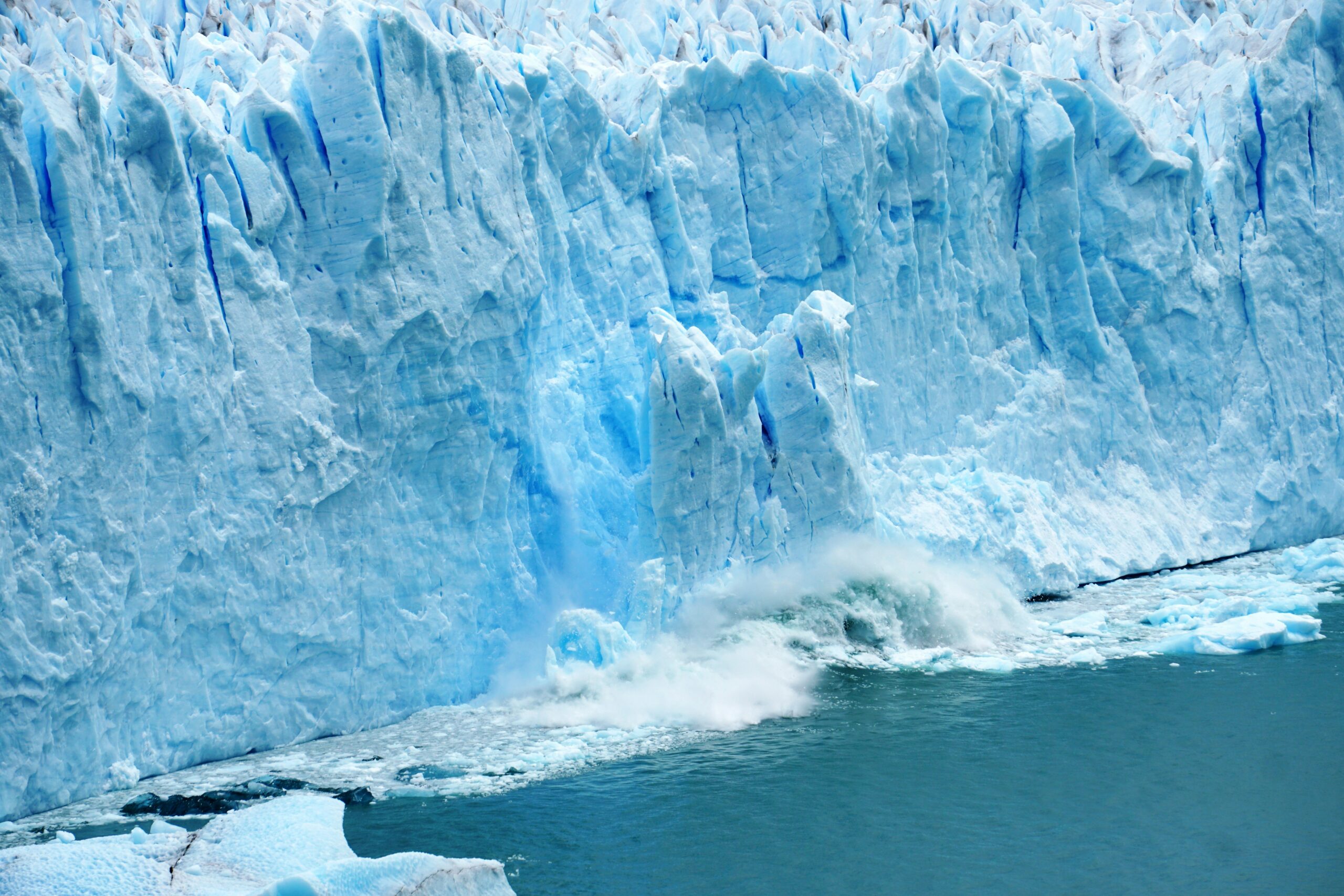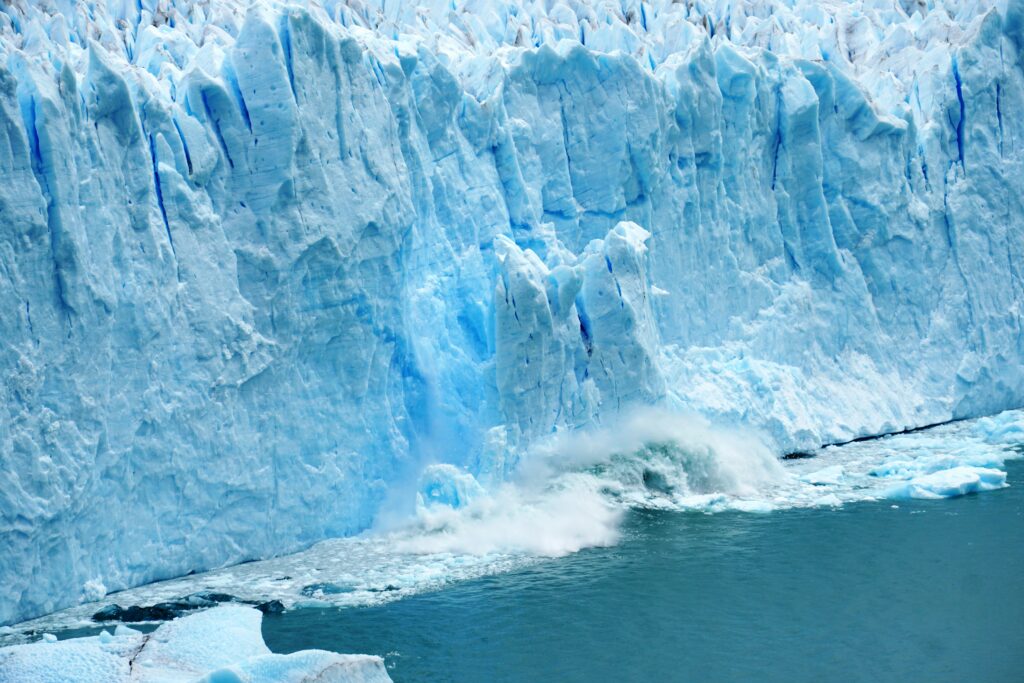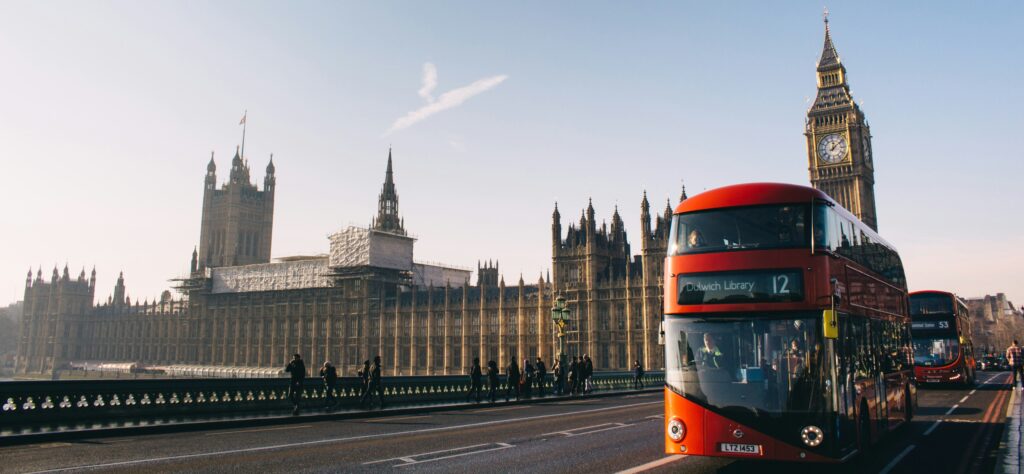In late 2022, Hektoria Glacier on the eastern Antarctic Peninsula pulled back with unusual speed. Satellite records show about eight kilometres of retreat in roughly two months, with a total shoreline change of around 23–25 kilometres between January 2022 and March 2023.
Several teams flag this as one of the fastest modern retreats captured by remote sensing in Antarctica.
The mechanism in dispute
A new study proposes that the glacier’s front was lightly grounded on a flat “ice plain” before the jump. As thinning progressed, buoyancy forces could have lifted the ice almost at once, triggering rapid calving and a step-back of the front. If confirmed, that would represent record-rate retreat for grounded ice.
Other specialists are cautious. Mapping the precise grounding line in a fractured, fast-moving margin is hard even with radar interferometry. Some argue the retreat happened mainly in floating ice, which is more prone to quick break-ups and is less directly tied to immediate sea-level rise. The grounding line’s location is therefore central to how “unprecedented” this event was.
How we got here
The backstory begins with the 2002 collapse of the Larsen B Ice Shelf. When the shelf shattered, outlet glaciers feeding it—Hektoria among them—accelerated and thinned. In later years, long-lived sea ice in the embayment added some temporary buttressing.
That stabilising cover broke up in early 2022. The months that followed brought faster flow, thinning, and large, tabular icebergs calving from the front. The sequence culminated in the late-2022 jump. Imagery and narratives from NASA and peer-reviewed work trace that arc over two decades.
Why it matters beyond one glacier
Whether Hektoria’s margin was grounded or floating changes the headline. But the risk signal is clear. If lightly grounded termini sitting on ice plains can lift and fail quickly, similar geometries elsewhere merit close tracking.
Researchers repeatedly point to West Antarctica, and especially Thwaites Glacier. If Thwaites collapsed entirely, global mean sea level would rise by about 65 centimetres. That number appears across recent syntheses and The Cryosphere’s technical literature. Rapid changes in any grounded sector feed directly into long-term sea-level projections.
What to watch next
Two lines of evidence are key. First, more precise, time-resolved grounding-line maps from interferometric radar and altimetry to test the study’s interpretation at Hektoria. Second, tighter links between ocean conditions, the loss of buttressing sea ice, and shifts in calving style. The data exist in multiple archives, and new analyses are moving through journals. The Larsen B record shows how quickly conditions can flip in this sector; the Hektoria episode updates that story for the present decade.
References:
https://www.bbc.co.uk/news/articles/c04gq00xyeeo




